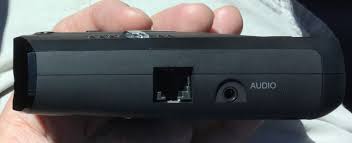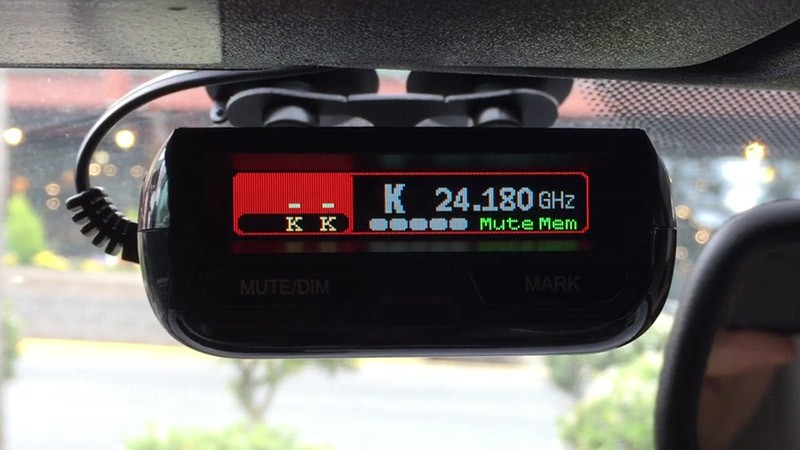Description
UNIDEN R3
The Uniden R3 quickly gained the attention of radar detector test enthusiasts all over the USA, and it has made a dent in New Zealand, marketed as the Uniden R3nz.
Uniden has produced radar detectors for years, but nothing like this. It’s been a long time since Uniden made this much of an impact!
- Experience the unsurpassed range of Uniden’s R3nz radar detector
- With the convenient GPS database preloaded, you’ll be reminded about red light cameras (turned OFF by default at NZ Radars), and speed cameras, and you can “block” false radar alerts
- Quiet Ride – speed aware auto-mute
- Colour OLED display
- Two window brackets are included in the box!
- 12v power supply cable with cigarette lighter socket adaptor included









Reviews
There are no reviews yet.